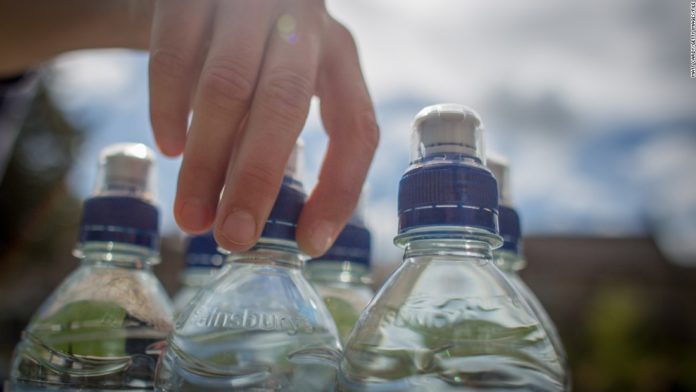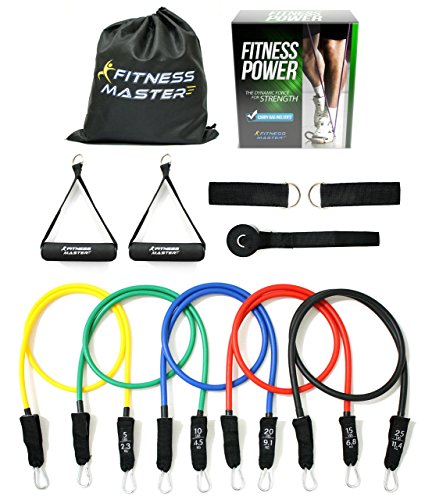
(CNN)How much should you drink to stay hydrated during exercise?
You may need less water than you think but more water than other hydrating beverages
It’s that time of year when we encounter lots of advice about the importance of staying hydrated. Among other things, we’re told to down at least eight glasses of water a day and to “stay ahead of your thirst” before, during and after exercise to avoid dehydration, which impairs performance and causes harm.
It turns out that such directives lack sound scientific backing. Research shows that we typically get enough water through foods (which supply 20% of our water) and beverages (including coffee, soda and alcohol), and that for most of us, thirst is a reliable indicator of when we need more fluid, even during exercise.
Dehydration isn’t always the threat that it’s portrayed to be, according to studies. Contrary to popular belief, it’s generally not a cause of exercise-related muscle cramps or heat illness. And studies involving competitive cyclists have found that mild dehydration doesn’t impair exercise performance. What’s more, drinking only when thirsty results in better performance than does chugging constantly.
Though you want to make sure to consume enough water, especially if you’re older or exercising in the heat, a bigger problem than dehydration may be drinking too much during exercise, according to a report authored by a panel of 17 experts.
If you take in so much fluid that your body can’t get rid of the excess through sweating or urination, sodium levels can become dangerously low. The resulting condition, known as hyponatremia or water intoxication, can cause headaches, vomiting, confusion, seizures and, in some cases, death.
Previously, hyponatremia occurred mainly in slower marathon runners, but it’s now showing up among people engaged in activities such as hiking, half-marathons and hot yoga.
One purported method for determining your hydration status is to check the color of your urine. We often hear that pee ideally should be pale yellow and that the darker it is, the more you’re dehydrated.
But this advice too is misleading.
In a review of the evidence, researchers debunked the notion that urine color is an accurate marker of hydration. Part of the problem is that some foods (such as beets and carrots) can affect the color of urine, as can certain vitamins. Ditto for some medications and dietary supplements. What’s more, striving for pale pee could prompt some people to drink too much, overhydrate themselves and develop hyponatremia.
The experts who authored the report on hyponatremia say the best way to ensure that you’re properly hydrated before, during and after exercise is to “drink palatable fluids when thirsty.”
Water only?
If, for you, “palatable fluids” include plain water, that’s your best bet. If not, you can find flavored waters or use flavor drops or powders. One possible downside of these products is that they often contain artificial sweeteners or other additives. If you’re looking for something more natural, add some slices of fruit or sprigs of herbs.
Sports beverages, which contain fluids, carbohydrates and minerals known as electrolytes, can be useful for athletes engaged in vigorous exercise for more than an hour, especially in hot weather. But for most of us, they offer no benefits over water while providing extra calories and sugar that we don’t need.
Coconut water, which is touted as an alternative to sports drinks, is high in the electrolyte potassium. But coconut water typically contains less sodium than sports beverages, a feature that makes it less effective for those doing prolonged, vigorous exercise. While some people prefer coconut water’s taste to that of regular water, coconut water also has more calories.
Despite the hype surrounding other special waters, such as those that are alkaline, distilled, oxygenated or vitamin-enhanced, there’s little evidence that they’re more beneficial than regular water when it comes to hydration, athletic performance, recovery or general health.
Read more here: http://edition.cnn.com/





